
“Lowcountry Cypress” -J Riley Stewart
The sheer volume of lessons from Ansel Adams about anything related to large format photography can be overwhelming. He packed more lessons into 3 pages than most of his contemporaries packed into a whole book. There is no way someone could remember everything Ansel said. But here’s one of his tips that stuck with me, and I use it every time I compose an image on a large format camera’s ground glass.
One of the hardest techniques to master with large format photography is composing the image on the ground glass. You not only need to frame the scene–something familiar to every photographer–but you also get to adjust tilts and swings to bring the important elements of the scene into precise focus as discussed by Martin in this article.
Ground-Glass Work can be tedious. I won’t go into all the details here; but you probably know the drill: Frame and set initial focus – Check focus in foreground, middle ground, and far ground – Apply one tilt or swing movement – Recheck focus in foreground, middle ground, and far ground – Fine tune movement – Recheck focus in foreground, etc- Set another movement – Recheck focus in foreground, etc – OMG, when will I get this right? And then…. damn, the light’s gone!! %&##@%
“Lowcountry Cypress” was that kind of scene. It required both near-far corrections by using front tilt settings and also a bit of right-left corrections using front swing settings. And to make matters more challenging, it was a hot day in Charleston, SC, and the swamp bugs were being particularly nasty. I remember the relief I felt when I was finally finished with the Ground-Glass Work and able to get out from under the dark cloth.
Checking focus during all these iterations of camera movements is typically done with a critical magnifying loupe. These loupes are great aids, but they only look at one small section of the ground glass at a time. You need to ‘sample’ several such sections every time you change tilts and swings, and that takes time. Time you rarely have in nature. And never mind that in hot weather or buggy conditions, being under the dark cloth any longer than you have to can be miserable.
After years of doing it just this way and hating every second of it, I recalled Uncle Ansel’s method. Ready for it?
6-8X reading spectacles!

Before you conclude “That’s crazy,” let me explain how this simple tool speeds composing on a large format camera’s ground glass.
- Spectacles let me see the whole frame of the ground glass at one time–magnified 8x. So now I can quickly evaluate initial focus without a critical loupe. I can immediately see whether it’s the foreground, background, or center ground that’s out of focus when the main subject is in focus. This knowledge alone tells me what tilts and/or swings I need to apply if any (and I always have them).
- Seeing the whole frame at one time lets me adjust tilts and/or swings and evaluate the resulting focus in real time. I don’t need to lock the focus, get out my critical loupe, and then pepper the ground glass sampling the edges and corners. My spectacles let me do all that in one continuous step.
- While I sometimes do a final critical check of my settings with a 7x critical loupe, I’ve consistently found that my settings never change after doing that. Meaning, my $40 pair of 8x spectacles is a great substitute for that $100 critical loupe, and many times easier to work with.
- Wearing the spectacles may help avoid Curious Ones from interrupting you to ask questions while you’re composing: Your eyes will look 4x larger than they really are, making you appear as an alien, and therefore encouraging the Curious Ones to shirk away without interrupting you further. I advise keeping them on until you make sure there’s no one besides your camera waiting for you to emerge from the dark cloth to ask you about your “Hasselblad.”
There are a couple of down-sides to using the spectacles instead of a critical loupe:
- It’s another gadget to carry in your camera bag. But its weight and size won’t make much difference in how far you can hike in a day, I promise.
- If you forget to take them off when leaving the confines of the dark cloth, you may stumble down the path and break a leg, or meet with some other disastrous ending. But really, the magnification of these glasses will let you know very quickly that you’re still wearing them.
- At first, you need to ‘learn’ how to use them. Since they are fixed focus lenses, you’ll need to move your head toward and away from the ground glass until you find the correct focal length. Once you’ve found that, it’s pretty easy to keep things on the ground glass in focus.
I hope this obscure tip from Ansel Adams to compose an image on a large format camera’s ground glass makes it into your workflow. If you’re already using magnifier spectacles, please share your experience in a comment.
4-8x reading spectacles are widely available in many styles. Just google it to find the best source for you.
Author: J Riley Stewart
Location: Mid-Atlantic Region, USA
Statement: I learned long ago that to make really large, elegant, high fidelity prints, you have to start with really beautiful large negatives. That’s especially true for scenes captured from nature that are full of fine textures and dynamic light. Having used medium format film cameras for 20 years, I started using 4×5 cameras in 2009 to give me the best advantage for making those beautiful large negatives.
I’ve traveled through Europe and the American West over the years. But these days I find my favorite places to photograph are nearer my home in northern Virginia. The middle Appalachians in Virginia and West Virginia completely satisfy my appetite for nature, but I also love photographing the South Carolina Low Country around Charleston and of course, the Great Smoky Mountains. My artistic themes range from pure nature, romantic landscapes, pastoral settings, still-lifes, and an eclectic variety of single-themed photographic projects.
Gallery: J. Riley Stewart
Website: https://www.jrileystewart.com
Facebook: https://www.facebook.com/jrileystewart
Twitter: https://twitter.com/jrileystewart
Instagram: https://www.instagram.com/jrileystewart
Email: jim@jrileystewart.com
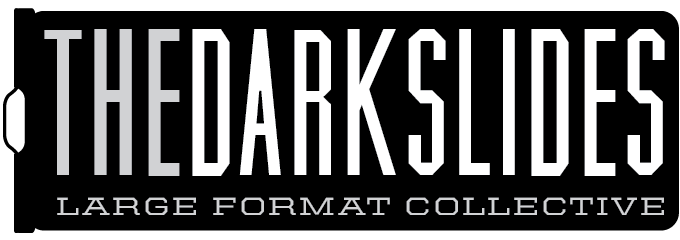
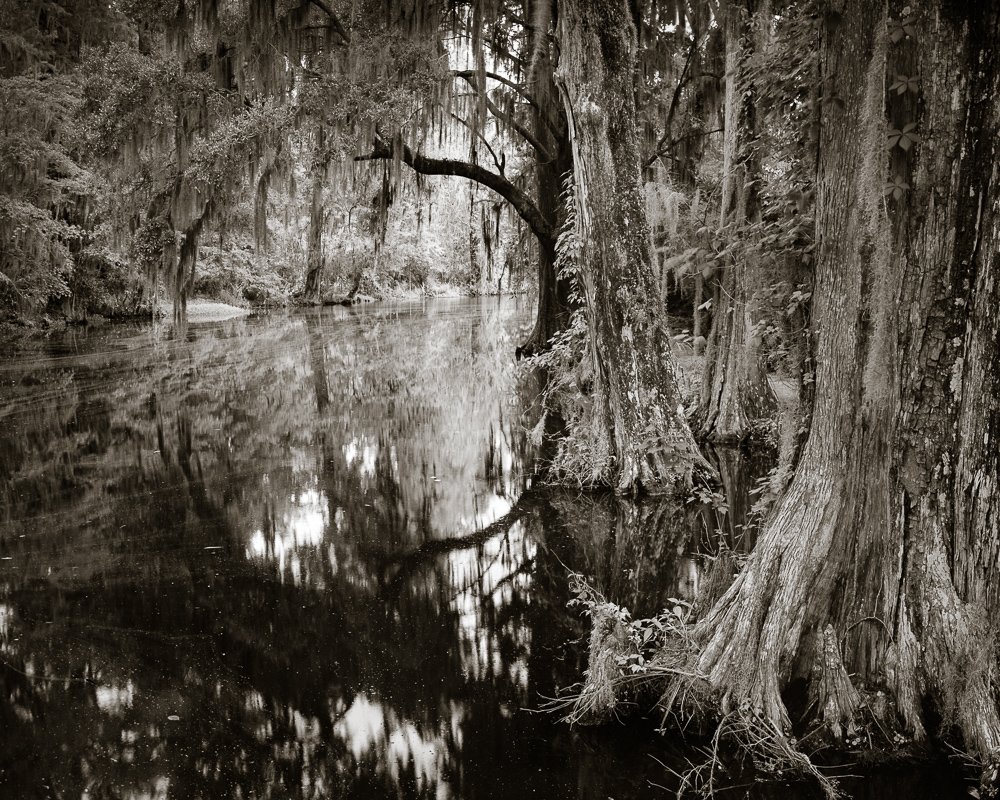

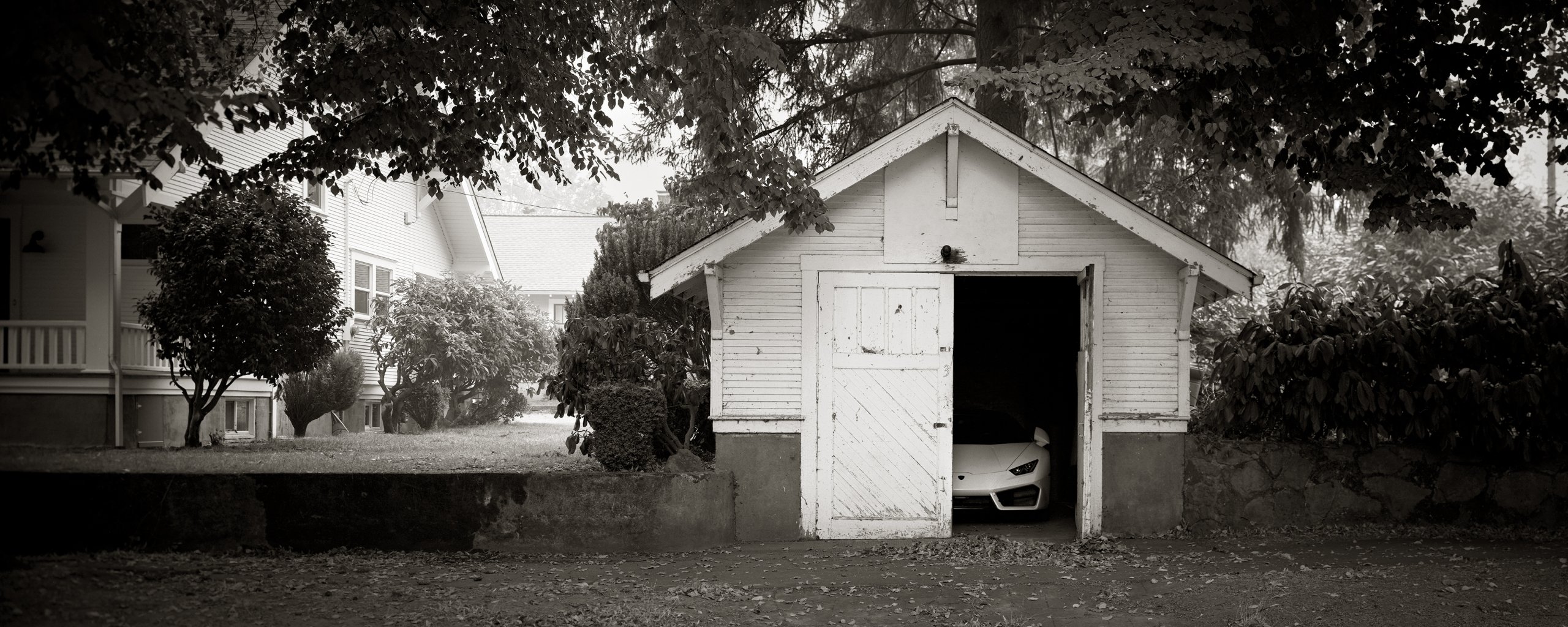
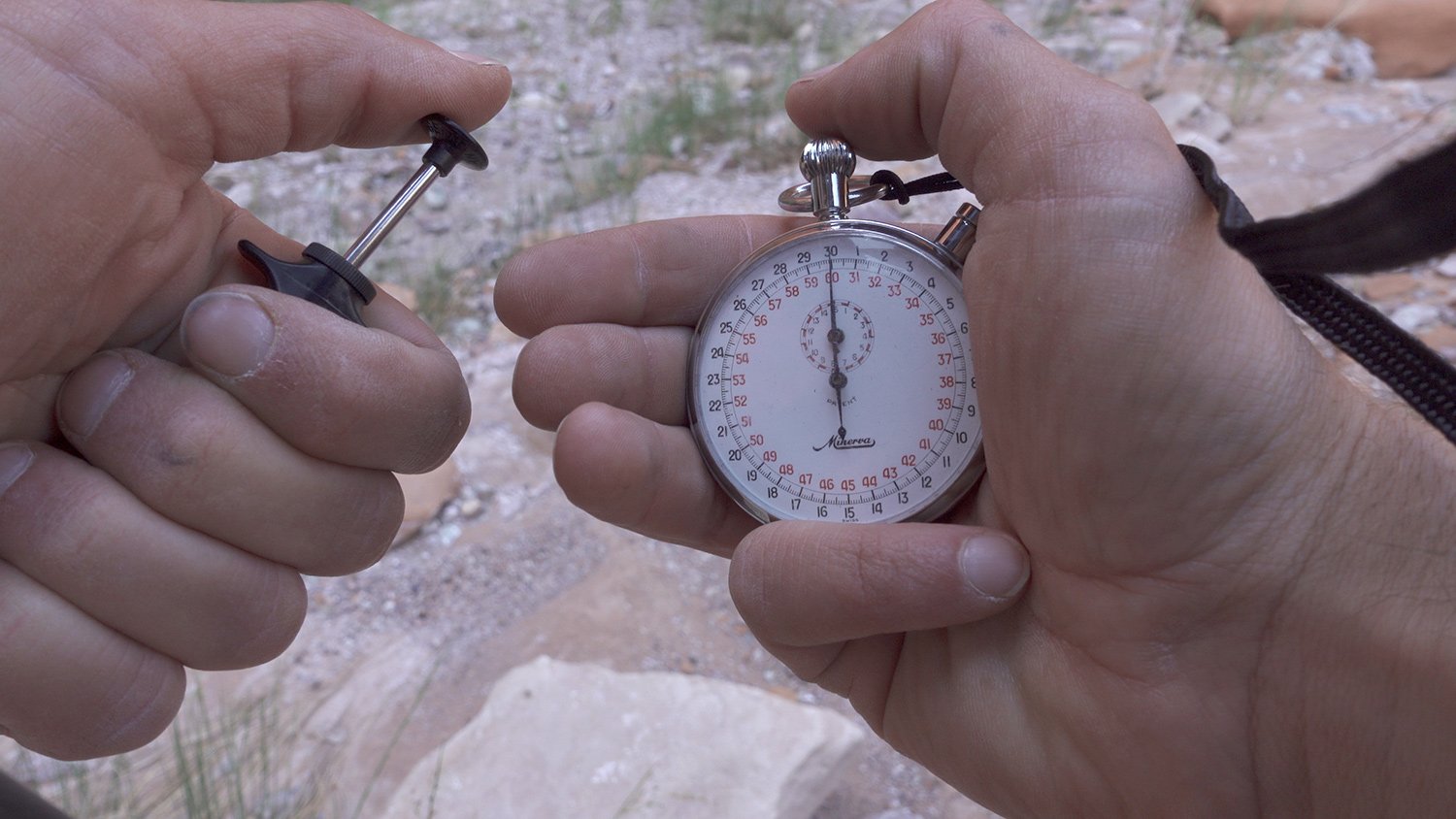
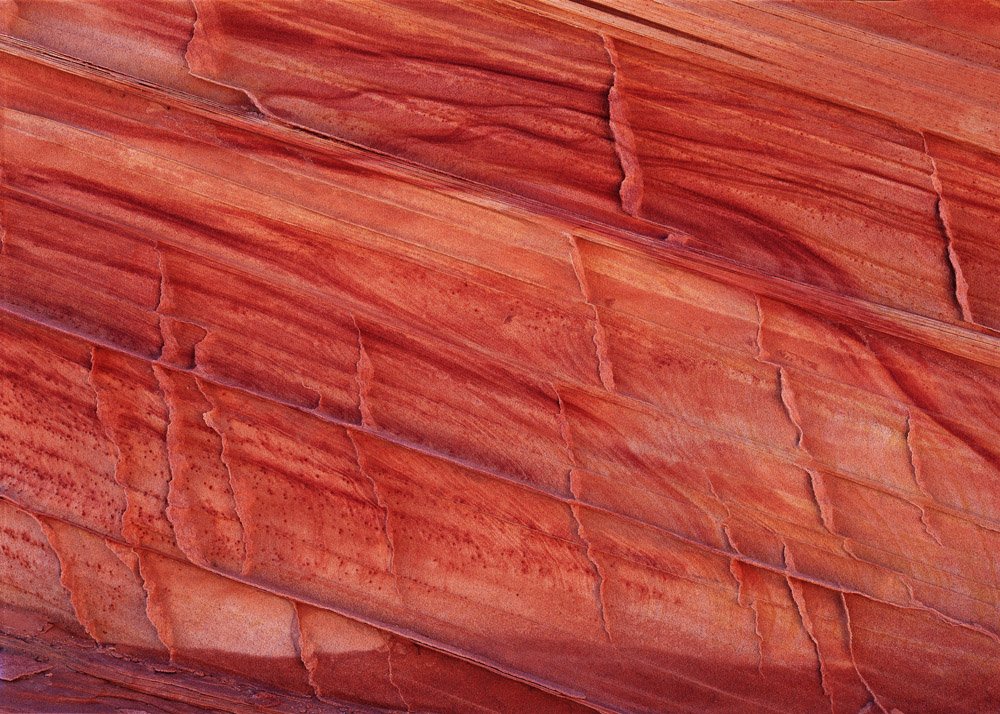
Hey Mr. Stewart I have just begun to get interested in a view camera. I’m 76 years old so forgive me if this question seems stupid. If I determine to use swing, shift, rise, or fall will these changes show up on the ground glass?
Yes, Don. In fact, I’ve found wearing 8x glasses is a perfect tool for composing the image on the ground glass. I use front tilt extensively to expand depth of field, but doing this using a loupe is very cumbersome. Wearing the glasses, I can have one hand on the front element and the other hand on the focus knob, adjusting both until the foreground and background are in best focus. I could never do this as quickly using a loupe.
Focusing is the most critical step in composing on the ground glass, so that’s where the 8x glasses really help, But anytime you swing, tilt, rise, or lower either the front or rear element, you will affect the focal point on the GG. Yes, you can see all these changes on the GG, and the 8x glasses are a tremendous help to my 70-year-old eyes.
Best of luck with your interest in large format photography!